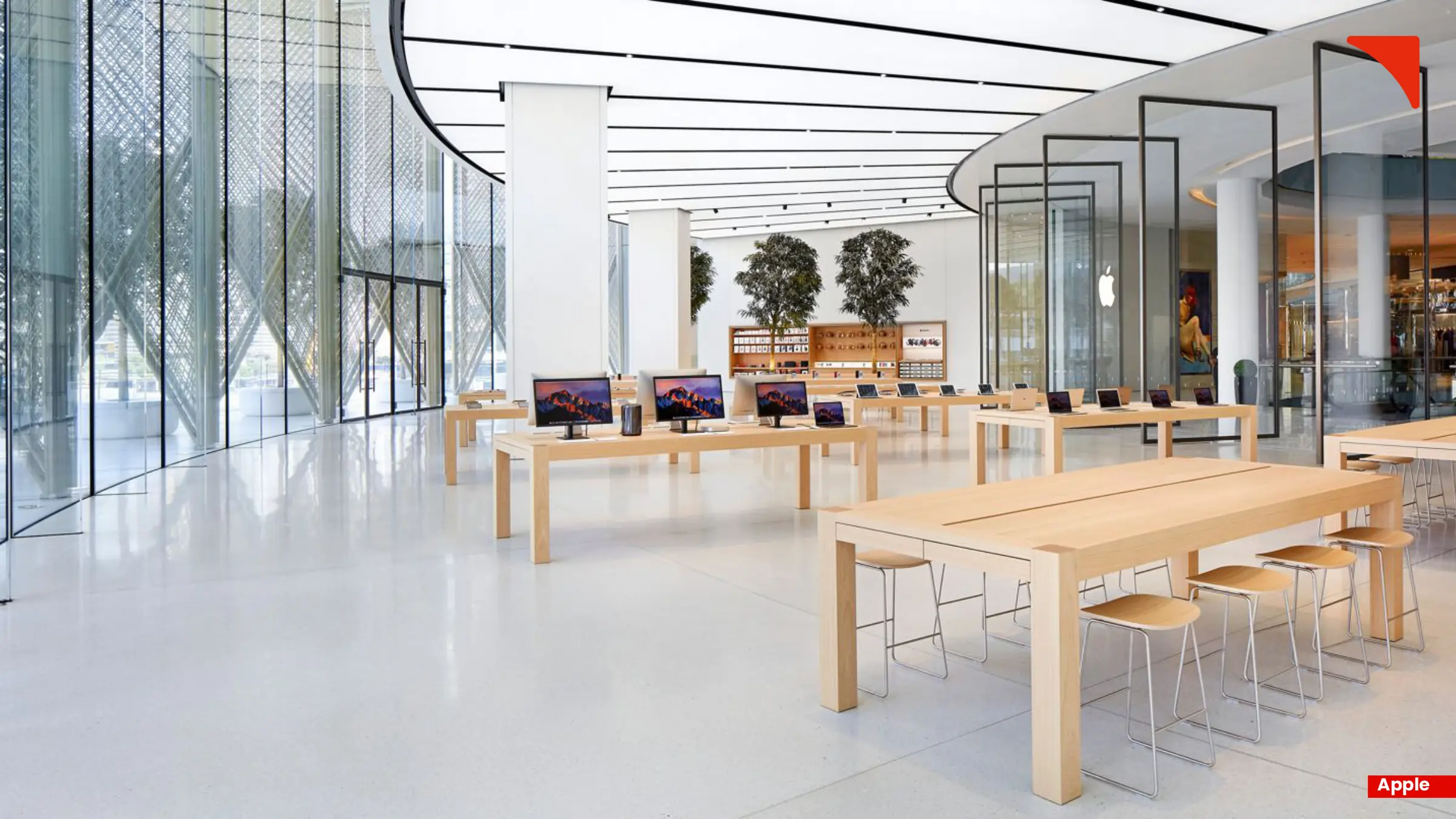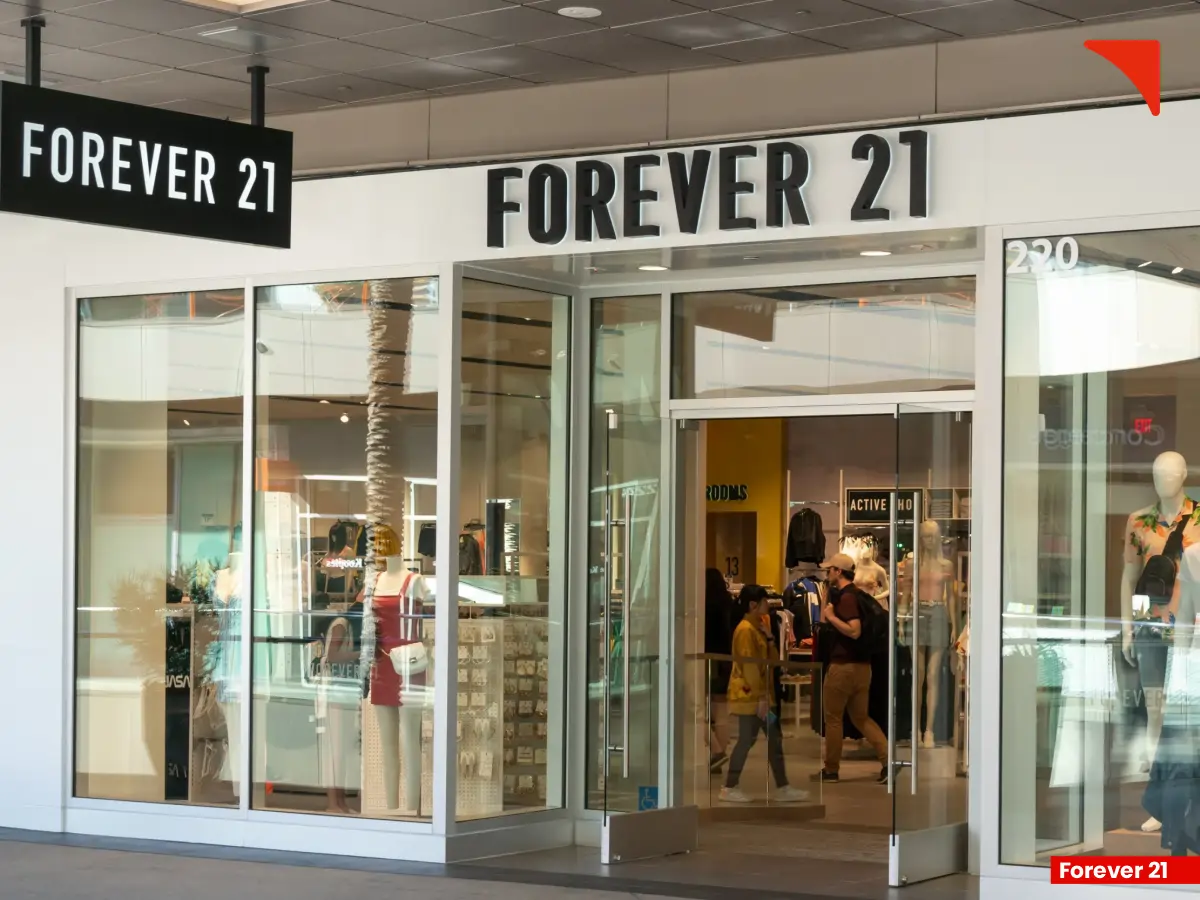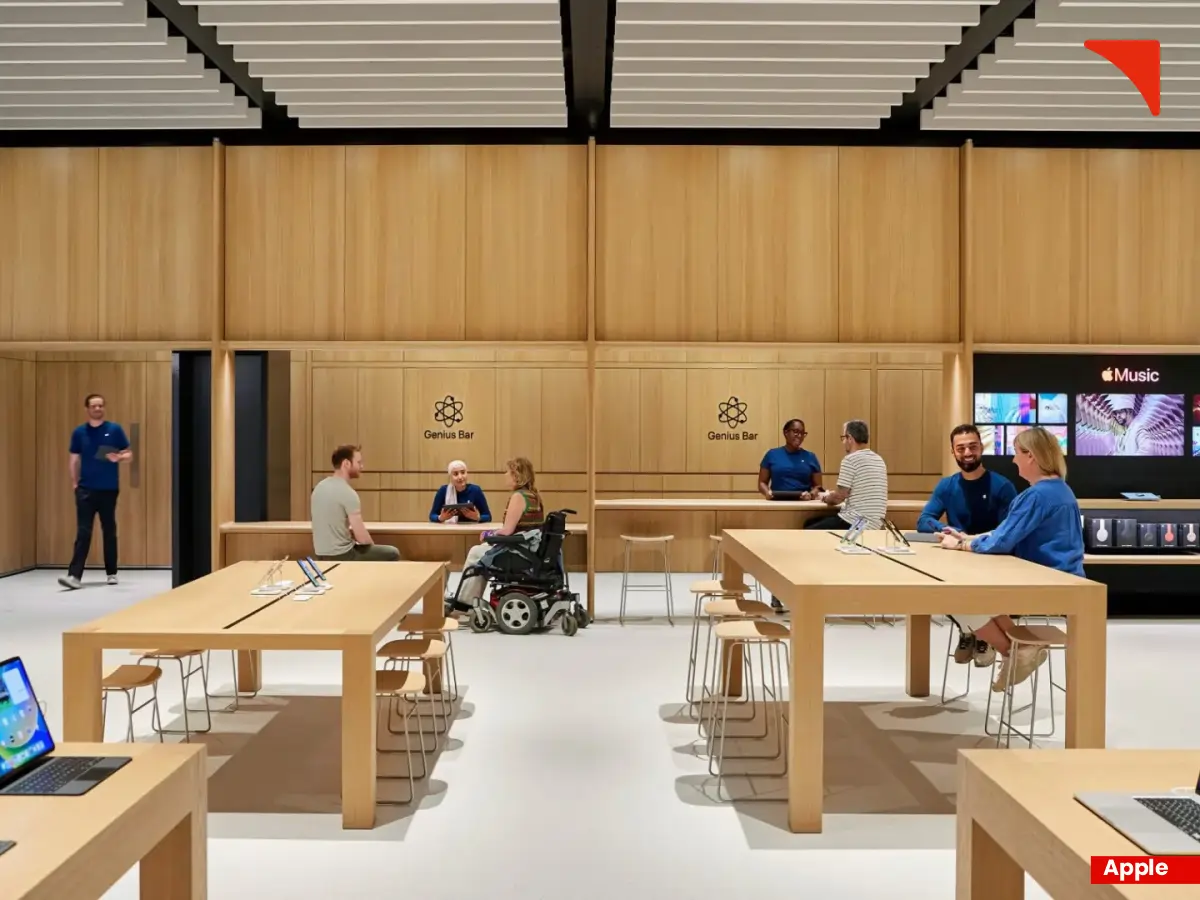THE ART OF MAINTAINING BRAND DNA DURING GLOBAL STORE ROLLOUTS!

The concept of brand DNA is often overlooked by retailers. However, the fact is that DNA for a living, already established brand is an invisible force that spreads its essence across borders, languages, and cultures. The Starbucks store in Seoul has a very different menu in comparison to others and is still recognizable. How? And that Apple store in Dubai. How is it similar to the one in New York? Well, this is what brand DNA is about. However, it is crucial for brands to keep a keen eye on this art during their store rollouts.
In this highly competitive retail era, expansion is not just an opportunity but also a race against time. In this scenario, brands often miscalculate the complexity of scaling their physical presence. They assume that rolling out a retail store is not just about blueprints, procurement schedules, and construction checklists. Instead, it is more about developing a consistent retail experience without actually diluting its soul. In other terms, rollouts are actually about ensuring that whenever a customer steps into a new store that is miles away from the brand’s origin, they shouldn’t just see the brand but feel it instead.
According to a study by McKinsey and Company, it was found that the chances of making a purchase increase by more than 3.5% when they experience consistent branding across different retail touchpoints.
Even after knowing this fact, various ambitious brands struggle a lot when trying to go global. Why? Simply because scaling operations is a mechanical task, but scaling a brand is an emotional one that is much, much harder.
Why Brand DNA Gets Lost in Translation

Whenever a brand decides to expand into a new geography, partner with local vendors, adapt layouts to local regulations, and tweak product assortments in order to facilitate its retail expansion process, it actually compromises on the distinctions that made it iconic during its initial establishment. Here are a few factors that accelerate this erosion.
1. Cultural Pressures: Adapting to local tastes is definitely important. However, without clear rules, this might result in an inconsistent brand identity and image.
2. Vendor Interpretation: In case there are not any detailed and specific guidelines from the brand’s side, it is quite possible that different local teams may interpret brand standards differently. This might cause variations in finishes, lighting, and fixtures.
3. Cost and Availability Constraints: Acquiring the same technology, material, or other resources, and that too at a constant price, is not possible in most of the cases. Hence, these poor substitutes may lower the brand’s quality and waive off its DNA.
4. Timeline Driven Decisions: Rushing to open stores quickly often means cutting corners. The brand’s emotional impact is usually the first thing lost in this scenario.
Understand this with an example of Forever 21’s global expansion missteps. The brand aggressively implemented a store rollout strategy in diverse markets like China and India. However, this did not work, as the stores and overall strategy did not cater to the expectations of the local customers. In addition, the new stores also lacked the original brand spirit. Hence, it was very evident and noticeable that the brands weren’t truly local or global.
On the contrary, we have an example of Muji, a Japanese retailer brand that mastered the art of retail expansion while keeping its brand DNA alive at every store, irrespective of the location. The brand implemented expansion strategies that had a perfect balance of local adaptation with a strict understanding and adherence to their understated aesthetics. As a result, irrespective of whether you visit a Muji store in New York or one in Tokyo, it might be different in size and product assortment but will feel spiritually identical for sure.
Understanding the Core Pillars for Preserving Brand DNA!

Setting a few brand guidelines is not enough to maintain brand identity across geographies. A lot more than this is required, including a dynamic living system that should be rooted in the above listed four core pillars.
1. Codified Design Systems (Beyond Manuals)
The design system should not be considered as a static document playbook but as evolving digital assets. Well, this is the philosophy that helped Apple become a modern rollout champion.
These systems explain emotional triggers behind material choices, lighting designs, and even soundscapes, further covering what to build and why it should feel a certain way.
Irrespective of the location, customers will always find The Genius Bar and the signature wooden tables in an Apple showroom. This directly ensures a subconscious link to the brand.
2. Pre Approved Global Vendor Networks
In order to achieve successful global rollouts, it is crucial for brands to prioritize consistency. Clearly, brands that follow this approach invest in a curated, trained vendor ecosystem right from the initial process. Doing this is mandatory, as rolling out stores is not just about finding the right retail fitout partner, but actually it is more about scaling craftsmanship.
3. Digital Auditing and Virtual Rollouts
Virtual audits were not considered to be a thing before the COVID 19 pandemic. However, this global emergency accelerated the use of this particular retail aspect, including remote quality checks and real time project tracking apps.
Tech forward brands today have started utilizing technology like Matterport 3D scans and AR based store walkthroughs in order to facilitate audits and pre approve sites before launch.
According to a retail report by PwC, it was found that adopting the strategy of digital twins in rollout planning, that is, creating virtual replicas of store formats, is expected to bring down pre opening errors by up to 35% by 2026.
4. Emotional Consistency
Replicating the look of the stores is not just enough for preserving brand DNA. Instead, the emotional experience must also travel within them. Here are some ways to achieve this:
● Consistent service rituals (e.g., the way staff greet customers)
● Signature smells (e.g., Abercrombie & Fitch’s stores)
● Uniform auditory experiences (e.g., curated background playlists)
These small sensory consistencies foster deep emotional connections, which are actually the true lifeblood of brand DNA.
The Future: Predicting What's Next for Global Rollouts

Looking at the current scenario and future predictions, preserving brand DNA during global store rollouts is going to become even more different and diverse. Here are a few predictions on our behalf.
● AI Assisted Rollout Monitoring: As AI is taking over a lot of things, brands might utilize it to predict the gaps in retail experience that might be further based on local construction, staffing, and supply chain anomalies.
● Sustainability as DNA: We all are aware of the fact that customers are increasingly growing eco conscious. Considering this scenario, brands that include sustainability as a pillar of their brand identity might easily appeal to their target audience. Their future rollouts might increasingly integrate local green materials without compromising global aesthetics.
Brands that succeed during global rollouts while adequately preserving their brand DNA will definitely not be the ones who copy paste designs across all their global outlets. Instead, they will be the brands that protect the core while embracing the edges.